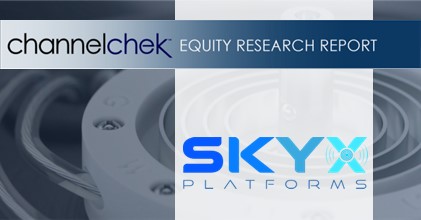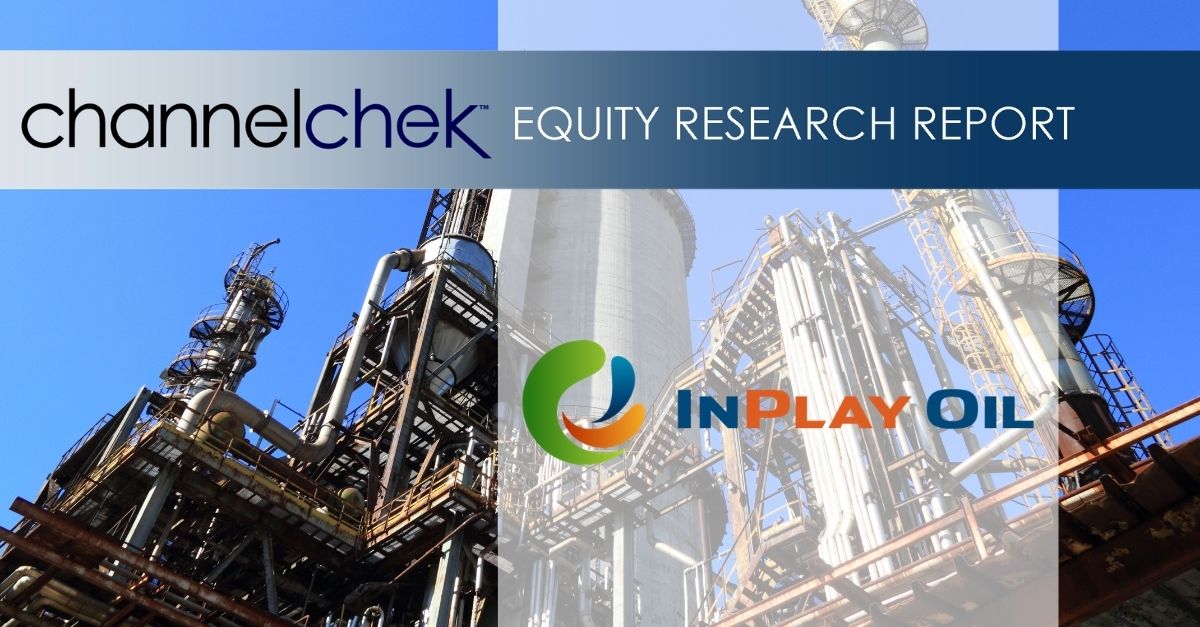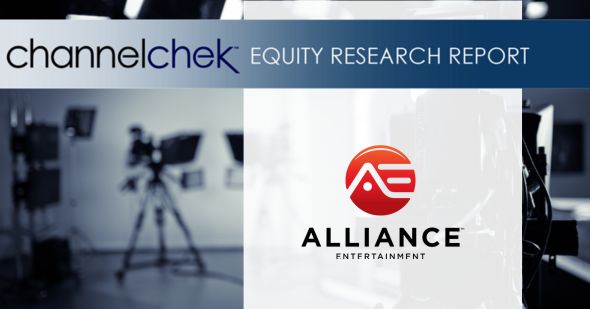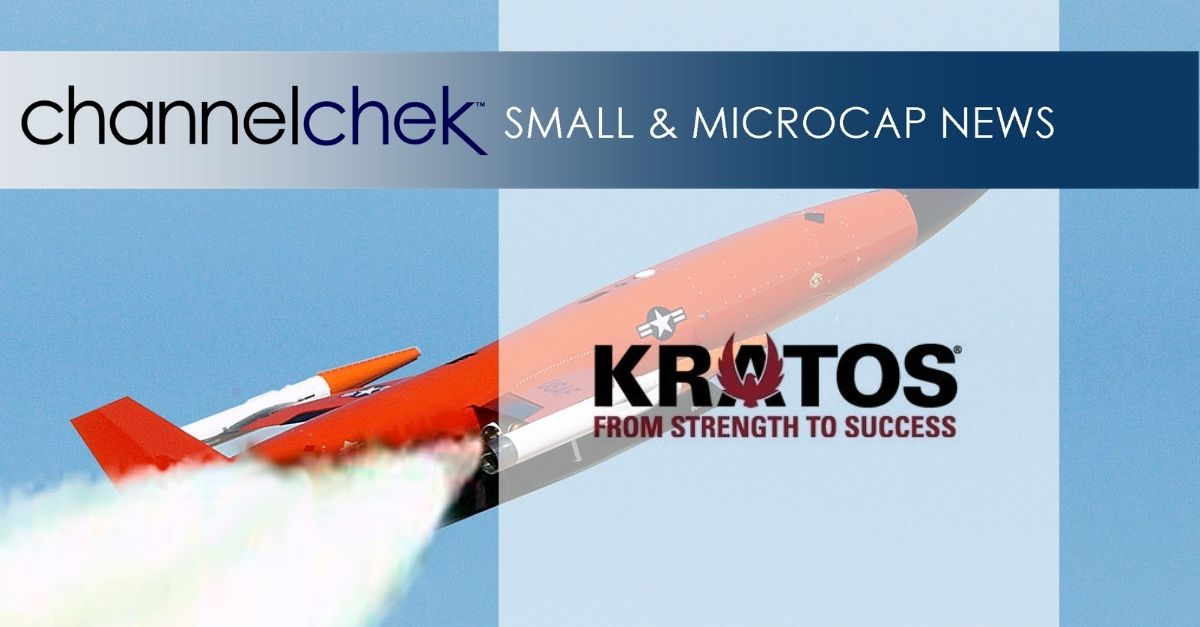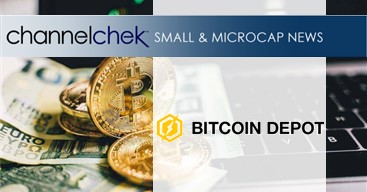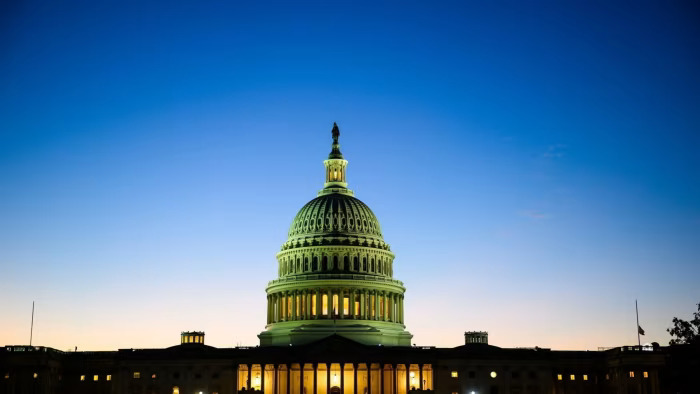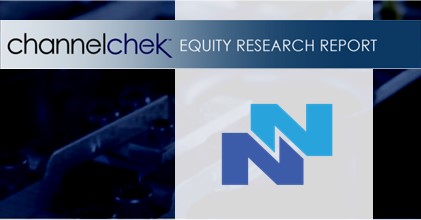November 12, 2025 8:00 AM EST
Launch in Key Global Crypto Market Signals Company’s Growing International Momentum
ATLANTA, Nov. 12, 2025 (GLOBE NEWSWIRE) — Bitcoin Depot (NASDAQ: BTM), a U.S.-based Bitcoin ATM (“BTM”) operator and leading fintech company, today announced its entrance into the Asian market with its expansion into Hong Kong. This move highlights Bitcoin Depot’s accelerating global momentum and strategic focus on expanding into markets where cash-to-crypto access is in high demand.
Hong Kong has rapidly emerged as one of the most watched crypto markets in the world, serving as a key financial hub with growing institutional and retail interest in digital assets. With this launch, Bitcoin Depot will become one of the top five operators in the region.
“Hong Kong is quickly becoming a global center for crypto, with the right mix of regulation, demand, and momentum,” said Scott Buchanan, President & COO of Bitcoin Depot. “What we do best is make Bitcoin easy and accessible in the real world, directly addressing the demand we see in the Hong Kong market. Expanding here is a clear step forward as we continue our mission of bringing Bitcoin to the Masses.®”
This expansion into Hong Kong builds on Bitcoin Depot’s strong operational momentum and growth throughout 2025. It follows the recent retail partnership with GPM Investments, the asset acquisition of National Bitcoin ATM, and the successful rollout of enhancements to its compliance program in October.
Since becoming the first U.S. Bitcoin ATM operator to go public in July 2023, the company has steadily expanded its footprint across North America and Australia, highlighting its ability to scale while maintaining profitability.
Bitcoin Depot’s products and services provide an intuitive, fast, and convenient way to convert cash into Bitcoin. This allows users to access the broader digital financial system, including payments, transfers, remittances, online purchases, and investments.
For more information, visit https://bitcoindepot.com.hk/.
About Bitcoin Depot
Bitcoin Depot Inc. (Nasdaq: BTM) was founded in 2016 with the mission to connect those who prefer to use cash to the broader, digital financial system. Bitcoin Depot provides its users with simple, efficient and intuitive means of converting cash into Bitcoin, which users can deploy in the payments, spending and investing space. Users can convert cash to bitcoin at Bitcoin Depot kiosks in 47 states and at thousands of name-brand retail locations in 31 states through its BDCheckout product. The Company has the largest market share in North America with over 9,000 kiosk locations as of August 2025. Learn more at www.bitcoindepot.com.
Cautionary Note Regarding Forward-Looking Statements
This press release and any oral statements made in connection herewith include “forward-looking statements” within the meaning of Section 27A of the Securities Act of 1933, as amended, and Section 21E of the Exchange Act. Forward-looking statements are any statements other than statements of historical fact, and include, but are not limited to, statements regarding the expectations of plans, business strategies, objectives and growth and anticipated financial and operational performance, including our growth strategy and ability to increase deployment of our products and services, the anticipated effects of the Agreement. These forward-looking statements are based on management’s current beliefs, based on currently available information, as to the outcome and timing of future events. Forward-looking statements are often identified by words such as “anticipate,” “appears,” “approximately,” “believe,” “continue,” “could,” “designed,” “effect,” “estimate,” “evaluate,” “expect,” “forecast,” “goal,” “initiative,” “intend,” “may,” “objective,” “outlook,” “plan,” “potential,” “priorities,” “project,” “pursue,” “seek,” “should,” “target,” “when,” “will,” “would,” or the negative of any of those words or similar expressions that predict or indicate future events or trends or that are not statements of historical matters, although not all forward-looking statements contain such identifying words. In making these statements, we rely upon assumptions and analysis based on our experience and perception of historical trends, current conditions, and expected future developments, as well as other factors we consider appropriate under the circumstances. We believe these judgments are reasonable, but these statements are not guarantees of any future events or financial results. These forward-looking statements are provided for illustrative purposes only and are not intended to serve as, and must not be relied on by any investor as, a guarantee, an assurance, a prediction or a definitive statement of fact or probability. Actual events and circumstances are difficult or impossible to predict and will differ from assumptions. Many actual events and circumstances are beyond our control.
These forward-looking statements are subject to a number of risks and uncertainties, including changes in domestic and foreign business, market, financial, political and legal conditions; failure to realize the anticipated benefits of the business combination; future global, regional or local economic and market conditions; the development, effects and enforcement of laws and regulations; our ability to manage future growth; our ability to develop new products and services, bring them to market in a timely manner and make enhancements to our platform; the effects of competition on our future business; our ability to issue equity or equity-linked securities; the outcome of any potential litigation, government and regulatory proceedings, investigations and inquiries; and those factors described or referenced in filings with the Securities and Exchange Commission. If any of these risks materialize or our assumptions prove incorrect, actual results could differ materially from the results implied by these forward-looking statements. There may be additional risks that we do not presently know or that we currently believe are immaterial that could also cause actual results to differ from those contained in the forward-looking statements. In addition, forward-looking statements reflect our expectations, plans or forecasts of future events and views as of the date of this press release. We anticipate that subsequent events and developments will cause our assessments to change.
We caution readers not to place undue reliance on forward-looking statements. Forward-looking statements speak only as of the date they are made, and we undertake no obligation to update publicly or otherwise revise any forward-looking statements, whether as a result of new information, future events, or other factors that affect the subject of these statements, except where we are expressly required to do so by law. All written and oral forward-looking statements attributable to us are expressly qualified in their entirety by this cautionary statement.
Contacts:
Investors
Cody Slach
Gateway Group, Inc.
949-574-3860
BTM@gateway-grp.com
Media
Brenlyn Motlagh, Ryan Deloney
Gateway Group, Inc.
949-574-3860
BTM@gateway-grp.com

